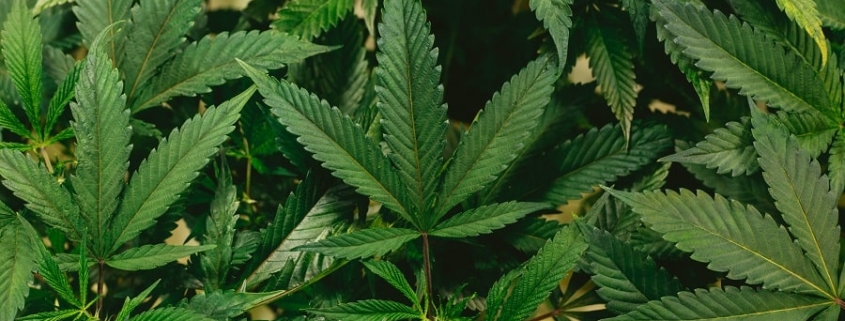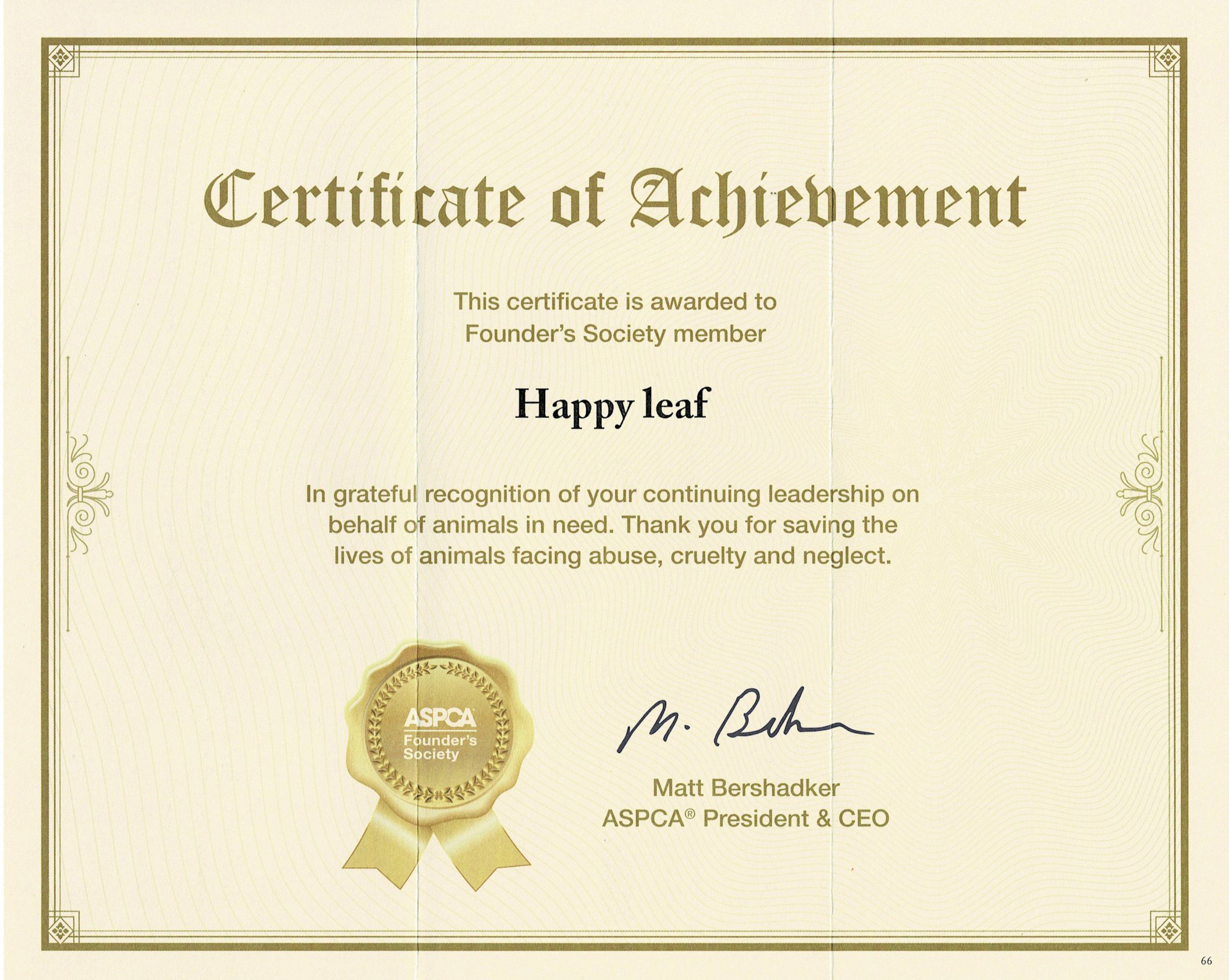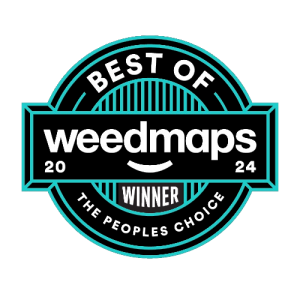Cannabis VS Marijuana VS Hemp: What’s The Difference
Are cannabis and marijuana the same thing? Is hemp an entirely different plant? Do these herbs have any mutual connection? Before you decide on a suitable product, it helps to get the facts straight. It’ll confirm you picked the item that meets legal regulations and delivers expected benefits. Keep reading to compare hemp vs marijuana and learn the differences!
What Is Cannabis?
The common confusion is that cannabis is a single plant. Instead, we use this term to describe an entire genus of herbs. The Latin name is Cannabaceae, and this family gathers approximately 170 species. However, we divide them into three main species:
- Cannabis Indica
- Cannabis Sativa
- Cannabis Ruderalis
Scientists haven’t found fossil evidence that would describe the cannabis origin. That’s why we aren’t sure how it developed from other organisms. It’s interesting that Humulus has the closest structure to cannabis. That genus has a rich history that dates back 27 million years. It’s an assumption, but it indicates that cannabis isn’t much younger than Humulus.
While it’s interesting to read scientific facts, the takeaway is that cannabis refers to an entire genus of plants. Marijuana and hemp both belong to this genus, making them types of cannabis. That means you can’t go wrong when saying cannabis for any plant from this family.
What Is Hemp?
Hemp is Cannabis sativa L. It indicates the plant belongs to this genus, but it’s different from marijuana. Even if marijuana and hemp come from the same species, they still have important structural differences.
The crucial distinction is that hemp has a low THC level. THC is one of over 100 cannabinoids, but it’s important since it has intoxicating effects. Hemp contains a low THC quantity, which means it’s almost impossible that it will get you intoxicated. However, it always helps to acquire hemp products with a license and confirmed lab results. That way, you’ll ensure there’s no more THC than you want present in your product.
Hemp also contains a high level of cannabidiol or CBD. It’s a vital cannabinoid that has a high therapeutic potential. Its effects go from pain relief to boosting positive mood and focus.
What Is Marijuana?
Marijuana is an intoxicating type of cannabis. Now, the actual effect depends on the individual and the strain. Some marijuana strains have up to 1% of THC, but others deliver more than 35% of this compound. The CBD to THC ratio is vital when choosing the desired strain. If you are in the USA, the hemp vs marijuana battle also comes with a legal difference. Federal law indicates that cannabis shouldn’t have more than 0.3% of THC. The law classifies that as hemp, making it safe to use. Plants above that restriction are marijuana, which is legal in some states and illegal in others.
A Brief History of Hemp and Marijuana
Hemp fibers show up in pottery shards from ancient China dating back roughly 10,000 years, making it one of the first crops ever cultivated.
Sailors spun it into rope; pioneers pressed it into paper. Meanwhile, high-THC cannabis moved along trade routes into India, the Middle East, and Africa, where people used it in religious rites and folk medicine.
By the early 20th century, Western laws began separating “industrial hemp” from psychoactive cannabis, setting the stage for today’s debate.
Hemp and Marijuana: How Are They Related?
Hemp and marijuana are types of cannabis. That means all three terms are connected. All plant types contain cannabinoids, but the exact quantity varies. Here’s a brief check of the three main cannabis types to understand the connection better:
- Sativa. You’ll find most cannabis strains under these species. Marijuana and hemp both can belong to Cannabis Sativa. The experts believe this plant originates from Southeast Asia. It has a long flowering time, but it’s the largest of all species.
- Indica. If you come across a Cannabis Indica strain, it confirms it’s a marijuana plant. Hemp doesn’t have representatives in this category. Cannabis Indica handles cold climates better, and it doesn’t take long to flower. It’s more suitable for growing indoors than Sativa plants.
- Ruderalis. It’s nowhere near as popular because it delivers low yields. The advantage is that it flowers even when the day is short, but not many growers go with this option.
Hemp vs Marijuana: Same Species, Different Traits
Botanically, hemp and marijuana are twins, but their traits set them apart. Hemp breeders select plants for fiber strength, seed yield, and CBD content, while marijuana growers chase flavor, aroma, and THC potency.
This selective breeding explains why the difference between hemp and marijuana feels huge, even though their DNA is almost identical. In short, hemp vs marijuana comes down to chemistry and use, not distinct species.
Chemical Composition
Both plants make hundreds of active chemicals, yet proportions differ:
- THC (tetrahydrocannabinol): Under 0.3 percent in hemp; 5–30 percent (sometimes more) in marijuana.
- CBD (cannabidiol): Naturally higher in hemp, often the star of many CBD products.
- Minor cannabinoids like CBG and CBC appear in both, though ratios shift by strain.
- Terpenes: aromatic oils, shape scent, and potential wellness effects.
Because of those numbers, many people talk about marijuana vs hemp when they really mean “high-THC vs low-THC.”
Legal Status
In the United States, the 2018 Farm Bill drew a hard line: Cannabis sativa with 0.3 percent THC is hemp and federally legal; anything stronger is marijuana, regulated by each state.
Oregon, for example, sets clear Oregon marijuana laws that allow licensed adult use, while other regions still prohibit high-THC cannabis. Before buying or traveling, always check local rules or a trusted source for guidance.
How Hemp and Marijuana Are Used
Hemp shines in sustainability: it grows fast, needs little pesticide, and turns into textiles, food, and eco-friendly plastics.
Marijuana’s primary role is recreational or medical, thanks to THC’s psychoactive kick. Both plants also supply a rich mix of minor cannabinoids that researchers are studying for pain, sleep, and mood support.
If you’re curious about where to buy compliant products, a licensed Portland dispensary can walk you through local options.
Common Hemp Products
- Full-spectrum CBD tinctures with a legal trace of THC
- Hemp seed oil for cooking and skincare rich in omega-3 and omega-6
- Fiber textiles like clothing, rope, and reusable shopping bags
- Protein powder made from cold-pressed hemp seeds
- Bioplastics and compostable building materials, turning waste into eco-bricks
Common Marijuana Products
- Dried flower for smoking or vaporizing: Still the most popular form, dried marijuana plant buds come in many strains with different aromas, THC levels, and effects.
- Concentrates (shatter, wax) offer potent cannabinoid levels. These are supercharged extracts, often used by experienced users. A little goes a long way.
Edibles such as gummies or baked goods for longer-lasting effects. Because they’re digested, they take longer to kick in, but can provide relief for hours. Start low and go slow. - Topical creams aimed at joint or muscle relief: Non-intoxicating and easy to apply, these creams are ideal for targeting localized discomfort without any “high.”
- THC capsules for precise dosing—ask staff at a reputable shop before trying them: These are great for people who prefer a discreet and consistent experience. They’re often used in medical settings for their accuracy.
Each of these products works differently depending on your body, tolerance, and the specific strain used. If you’re unsure where to begin, your local Portland dispensary can help guide you based on your preferences and needs.
Growing Hemp vs Marijuana: What to Know
Farming practices underline the hemp vs marijuana difference:
- Plant density: Hemp grown for fiber packs 100+ plants per four square feet, while marijuana needs room to branch and breathe, often just one plant per four square feet.
- Pollination: Male hemp can cross-pollinate female marijuana and slash THC levels, so growers keep fields apart.
- Harvest timing: Fiber hemp is ready in 60–90 days; premium marijuana buds may take 90–120 days plus a careful cure.
- Compliance: Hemp farmers must test crops to stay below 0.3 percent THC. Aspiring cultivators can learn how to grow marijuana through licensed courses that cover lighting, airflow, and nutrient balance.
Health and Wellness Benefits of Hemp and Marijuana
Both plants interact with your endocannabinoid system, which helps regulate pain, sleep, and immune response. Early studies show THC-rich marijuana may ease chronic pain and chemotherapy-related nausea, while CBD-rich hemp extracts could support relaxation without intoxication.
Nutrition-packed hemp seeds add protein, magnesium, and healthy fats to your diet. It’s smart to talk with a healthcare professional before mixing cannabinoids with prescriptions, especially if you’re exploring new CBD products or adjusting dosage. Hemp and marijuana spring from the same cannabis sativa family tree, yet they branch into different uses, cannabinoid profiles, and legal zones.
Remember: hemp is your low-THC, high-CBD multitasker; marijuana brings higher THC and a range of medical and recreational effects.
Knowing these facts keeps you compliant, helps you shop confidently, and opens the door to products that fit your goals. If questions pop up, reach out through contact us or talk with a trusted budtender, then choose the plant that works for you.
Ian Baker handles content marketing at Happy Leaf Portland. There are 5 years that he is deeply involved in the cannabis field. He had 3 years of experience as a Budtender and thanks to his desire to achieve more, he has a career move. Currently he works as a content manager.









